When I’m reading camera or photography articles I like to judge the book (or article in this case) by its cover, and I think you should too. In fact, if the photographs in this article aren’t as good as your worst day out, you should hit the back button on your browser and move on… I would. Many of the reviews you read about photography gear is written by people either paid with the gear they are reviewing, given early access with the understanding they’ll write good reviews, or written by tech bloggers with very little knowledge of how to use the gear they are reviewing (there are exceptions of course). This isn’t one of those reviews.
I don’t care if you buy a Leica, a Nikon, a Fuji, or a sketch book. I say buy whatever gear works for you. I don’t review gear I didn’t buy myself (it should go without saying, but I don’t buy gear I wouldn’t use), and I don’t write reviews unless I have spent a considerable amount of time with the gear (generally 3+ months). Out of respect for your time and patience, I’m not going to regurgitate the camera specs all over you so I can add word count to this article. This review will be short, sweet, and honest.
This review will be followed by a few long-term reviews of the M10 in the future.
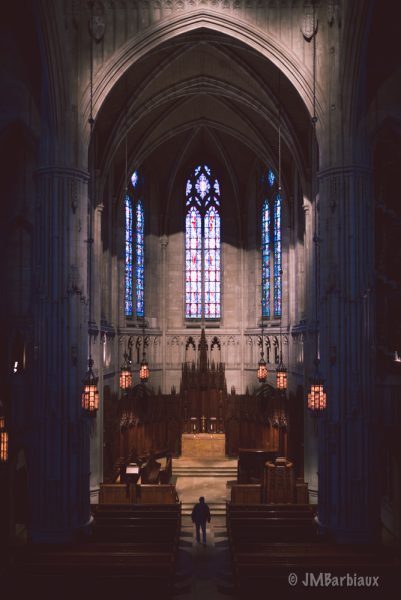 Low light photography is possible with other Leica camera’s when you have time and a steady hand (Taken with the Leica M262).
Low light photography is possible with other Leica camera’s when you have time and a steady hand (Taken with the Leica M262).
Why I Purchased The M10
The last street photography commission I completed I needed a DSLR to accompany my Leica M262 to continue working past nightfall in order to ensure image quality was that which could be printed as large as my client requested (i.e. low noise and more dynamic range). I do plenty of low light shooting with my Leica, but due to the fast fall-off of image quality as the ISO is increased I don’t feel 100% confident with it at anything but the widest aperture at night which is not conducive to fast work. The M10 solves this issue and outperforms even my best DSLR.
The current gallery in Boston showcasing my images from the project referenced above.
Why a Leica? Well, I promised this would be a short and sweat so I’ll summarize it by saying that it’s a combination of image quality, size, and build quality (after you’ve worked the kinks out of course…). I suppose asking why this camera or that, to me, is like asking a carpenter why this hammer brand or that. I’m guessing the answer will be similar, they choose the hammer with the best image quality that works best for them.
A Note About Megapixels…
Leica stuck with 24 megapixels which is fine with me, I personally don’t enjoy spending hours in front of my computer working with large, cumbersome files. In addition to that, I’ve printed high resolution images between 8 feet and 34 feet using nothing but 24 megapixel images. In the image below, the bottom piece was created by stitching together many files from the Nikon Df (a 16 megapixel camera) to create a 34 foot by 10 foot panoramic image that is incredibly sharp when standing right next to it.
Build Quality
My M10 has already been to Leica NJ to be worked on (and eventually replaced) because of the ISO dial’s inability to actually change the ISO (seemed like it decoupled on the inside). You can read more about the issue and others with similar issues at the Leica forum here. Perhaps because it is still so fresh or because I feel it was a step backwards, I’ll touch on the newest addition to the Leica M10 first, the ISO dial.
The M10 has an ISO dial where the film rewind dial/crank was on its analogue siblings. Ninety percent of the Leica aficionados out there will tell you this was a wonderful idea and executed beautifully. I politely disagree. In theory, yes, a dial that can be quickly adjusted would be great. In practice it is just as quick to change ISO on my M262 using the dedicated ISO button on the back of the camera. The dial, to me, is simply another possible point of failure they added to a camera that is supposed to be a workhorse (at least that is how I use mine). Also, if they insist on an ISO dial, why wouldn’t you model it after the beautiful slanted dial on the M7?
Aside from my issues with the ISO dial, the camera is beautifully built just like the ones before it. The rangefinder is bright and easy to use (30% larger field of view, 50% more eye relief). The buttons on the back have been simplified. The lens preview lever is back for the 3 of you that wanted it. And it’s slightly skinnier than the other digital balloons that Leica has been making until now.
A note on battery life…
One of the drawbacks for me is the shorter battery life that a skinnier body brings. I could go a couple of days or more with a single battery on the M262, you’ll be replacing your M10 battery after half a day of light to moderate use.* I understand people were thrilled with the slightly skinnier body of the M10 because it reminds them of their old M3,6, or 7 but I’m not sure why… It doesn’t really feel different (my opinion, others may vary), it doesn’t make photos prettier, but it negatively impacts battery life (arguably one of the most important aspects of a professional camera, especially when the batteries are close to $200).
You’ll notice that the first time you use the M10 battery it seems to lose 20% in relatively little time but as the manual states, the battery doesn’t really reach full potential until it has been through a couple of cycles. I have found this to be the case, battery life improves a bit over time and after a few cycles of the battery.
Most of the battery reviews I have read suggest photographers are getting 500 – 600 shots per charge but I find it hard to judge whether that will be your mileage because of the varying settings and accessories M10 users can use. For instance, if you plan on using an electronic viewfinder this will drain your battery significantly faster than if you didn’t. If you use your LCD screen, live view, or the iPhone pairing you will find your battery will drain much faster.
*My M10 lasts 4 – 5 hours while using it for street photography. I do not use auto-sleep, preview, or an EVF. I rarely use the LCD screen on the back of the camera while shooting. If you want to squeeze more time out of the battery you can use auto sleep but you also risk missing a shot because your camera needs a few seconds to wake up.
Image Quality… Kind Of
This isn’t your typical image quality section where I prattle on about how sharp a Leica camera is. When discussing a cameras image quality it is fairly pointless to talk about how sharp of an image it creates* or the color. The lens you use often has just as much or more to do with the perceived sharpness, and if you shoot in RAW (as you should) you can adjust the color in post processing. That leaves us with low light capabilities and dynamic range which are entirely reliant on the cameras sensor.
*If you disagree with the above paragraph please read my article The Sharpness Of Your Lens Probably Doesn’t Matter. You can replace lens with camera for the sake of this argument.
Dynamic Range
The M10 has almost too much dynamic range! Seriously, I’m not used to the massive amounts of dynamic range since every M camera before this has awful dynamic range. I can push ISO 6400 images the same as (maybe more than) I can with my Nikon Df or D810. If you have shot with any M before this you know that at ISO 6400 the images are practically useless for professional work and pushing them causes banding in the shadows and/or massive amounts of splotchy grain. The M10 remains clean and crisp, which brings us to high ISO performance…
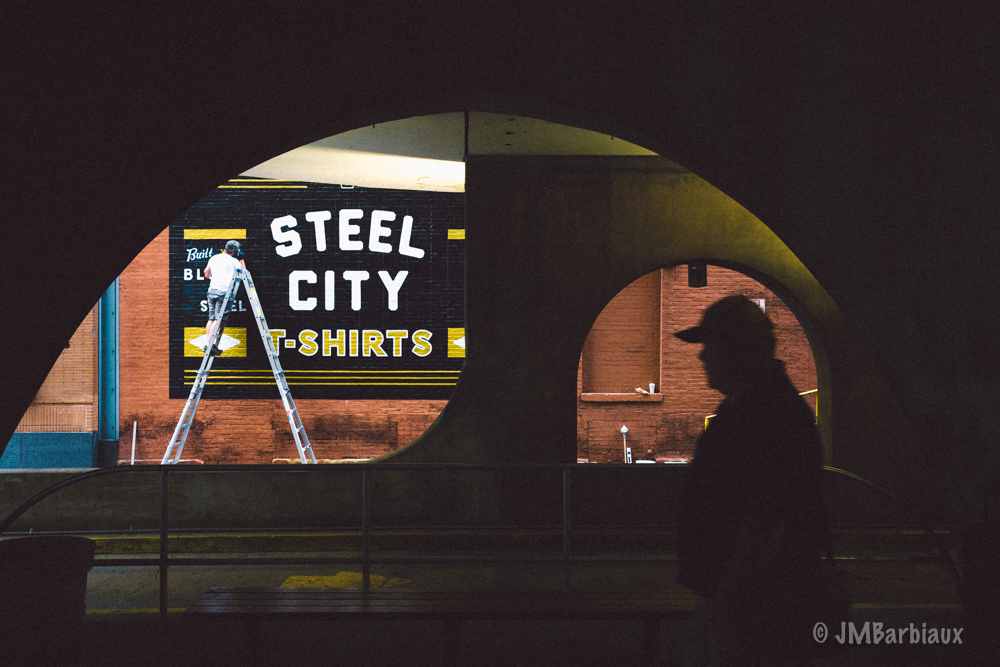
This photograph was taken at ISO 800 and the exposure was increased two stops in post processing… Two stops!
High ISO Performance
The only camera I’ve used that may have better high ISO performance than the M10 is the Sony A7R II. The image below was taken at ISO 8000… That is eight thousand, not eight hundred. My Nikon Df, considered one of the best low light cameras, is barely useable at ISO 6400. I’m truly impressed with the low light capabilities of the M10.
Game Changer
Many camera manufacturers tout ridiculously high ISO settings on cameras for the sole purpose of marketing. Very few cameras have an ISO that is usable above 3200. The M10 files are usable all the way up to ISO 8000 which allows you to continue shooting using zone or hyperfocal distance focusing well after the sun has set. This is a game changer for me as I prefer this method of shooting to manual or auto focus any day of the week.
Value
If you’re buying the Leica as a status symbol or to sit on a shelf in your office I would say its a poor value. There are better looking cameras out there that make better paper weights. If you are buying a Leica because it is the best tool to do the job at hand then I would say it is an excellent value. With that being said, as a working street photographer I would argue the Leica M10 is the absolute best tool for what and how I shoot… Until someone comes out with a range finder the same size (or smaller) and for less money without compromising build/image quality.
Consider this, wedding photographers will pay North of $6,400 for a Nikon D5 or equivalent while Leica owners get the “more money than brains” reputation (the M10 is about $6,500)… It’s all relative.
Conclusion
Leica has really got a great camera with the M10. It’s beautiful, looks great, and works (unless you get the ISO dial of death like I did). The low light capabilities alone are reason enough for me to recommend switching from any of the previous digital M versions to the M10. It’s no secret that the previous digital M cameras were absolute garbage at anything higher than ISO 3200 (that was pushing it). The M10 is simply the best digital M Leica has ever created.
Should you buy a Leica M10? I’m having a difficult time deciding how to word this. Here’s the thing, since I started my photography business I’ve invested only a couple thousand dollars into building the website and my first camera. Everything after that was purchased with proceeds from my photography business. I’d highly recommend you take the same approach.
If your photography business is successful enough, and you feel the M10 is the right tool for the job, then I’d definitely recommend you buy the M10 over any other M available. If, on the other hand, there is very little chance of you ever earning enough money with the M to cover its cost (justify it) then I’d recommend a number of other perfectly capable cameras at a fraction of the cost. Above all else, I recommend that you do whatever your little heart desires (unless it harms someone else or yourself).
As always, I’d like to encourage you to share your thoughts in the comments section below. Thanks for reading!

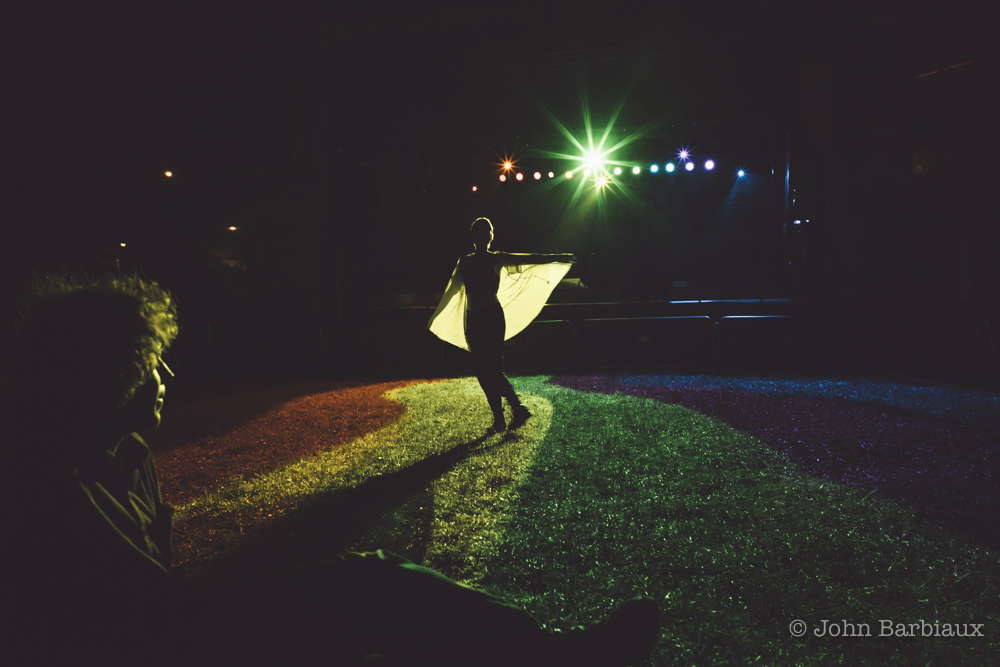
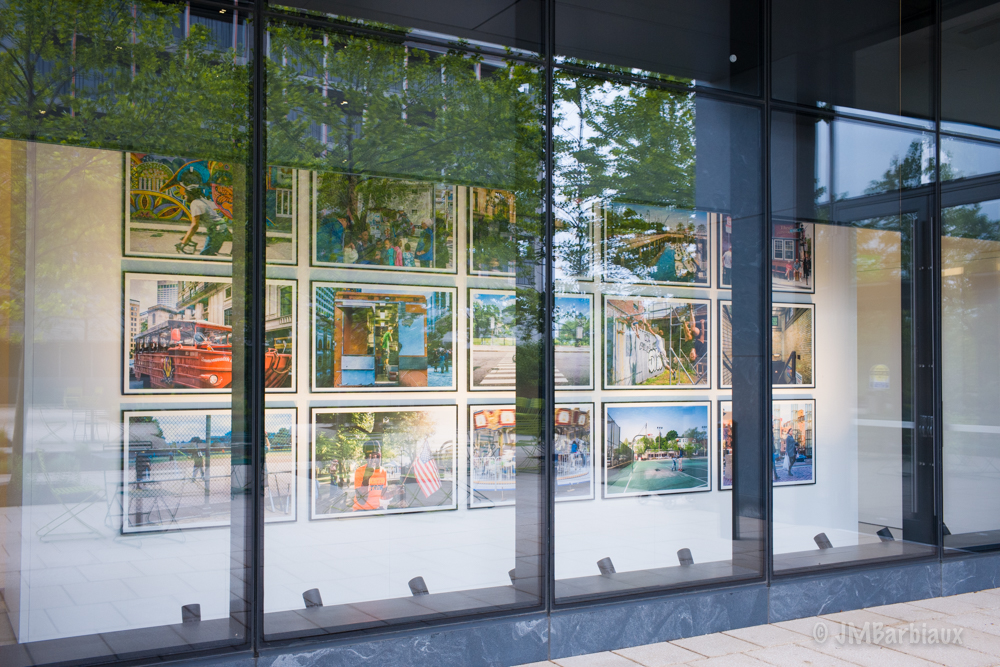
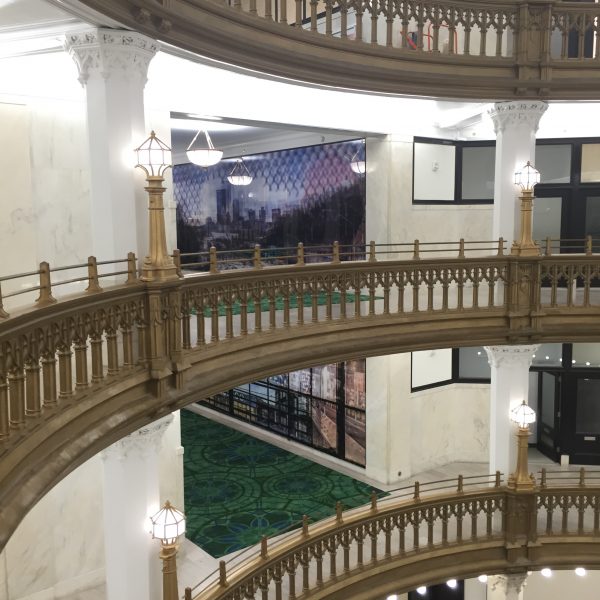
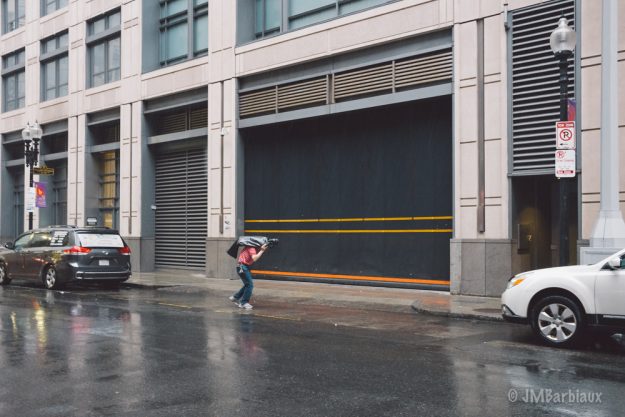
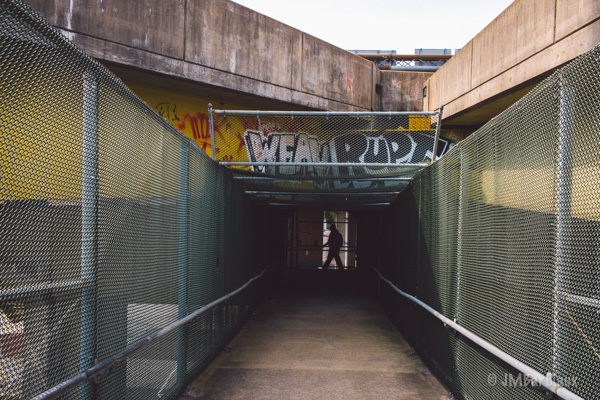
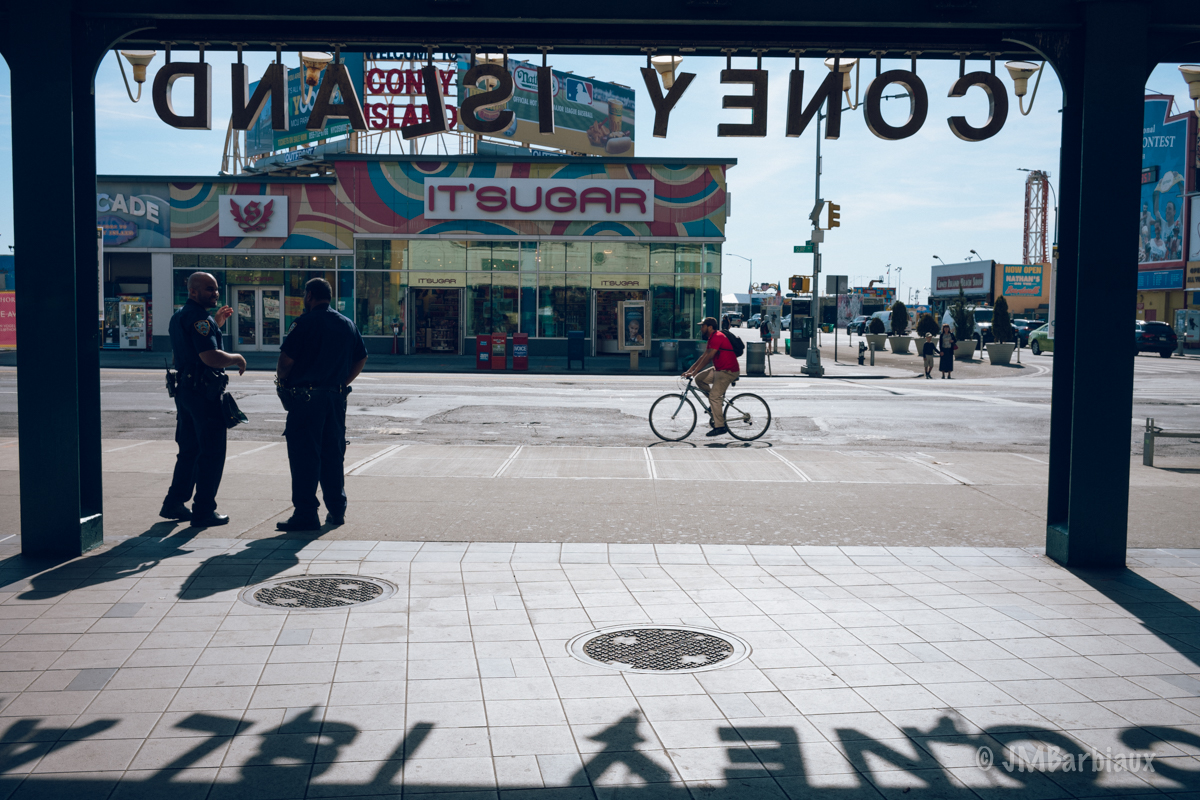
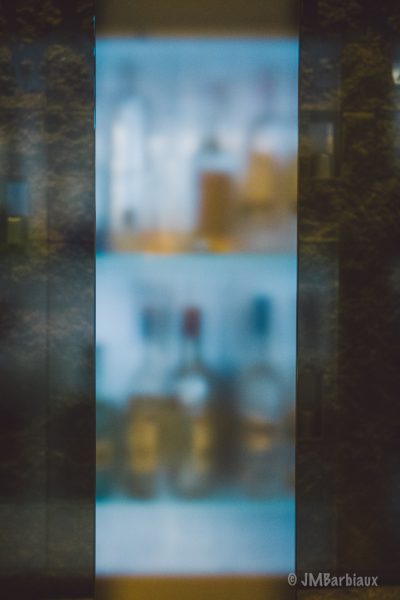

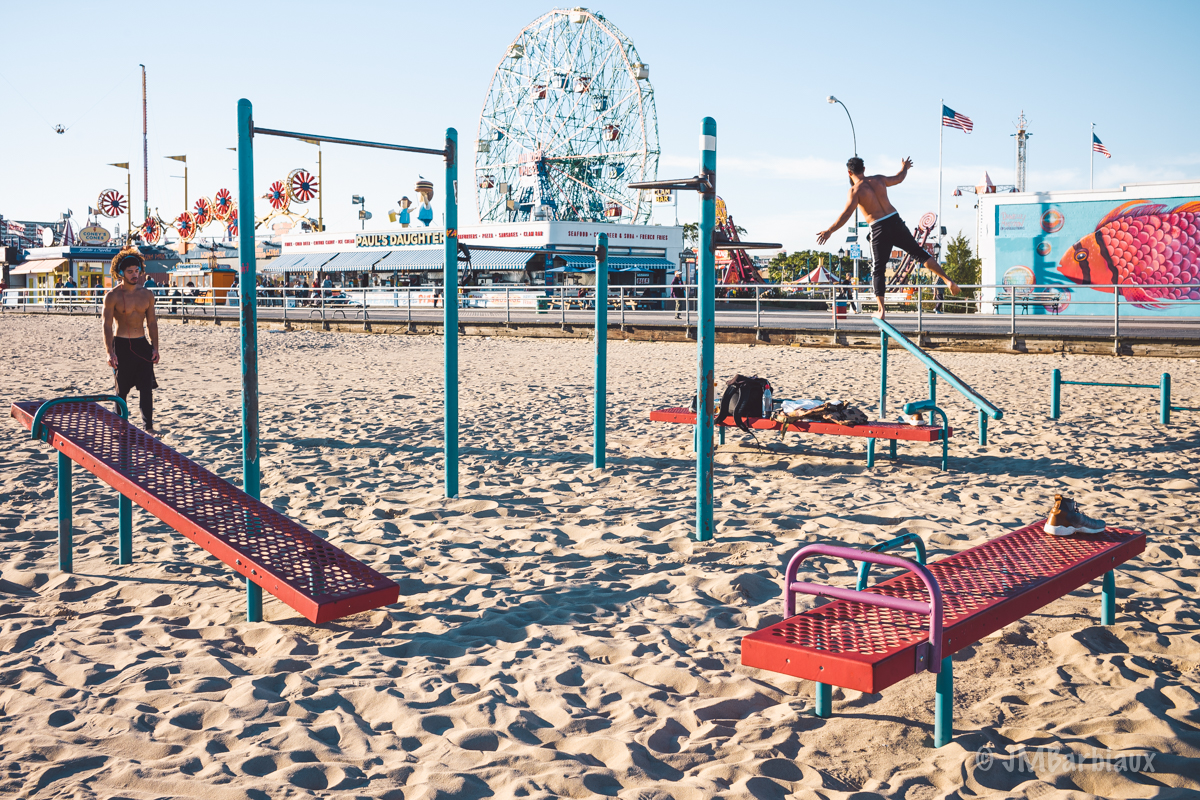

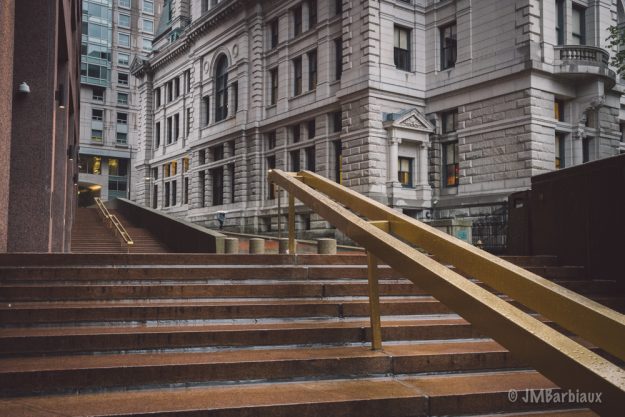
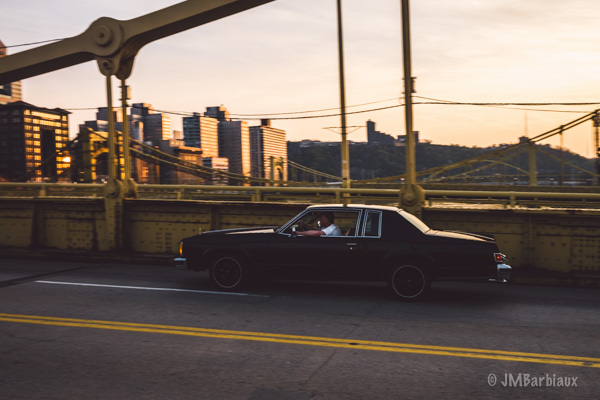
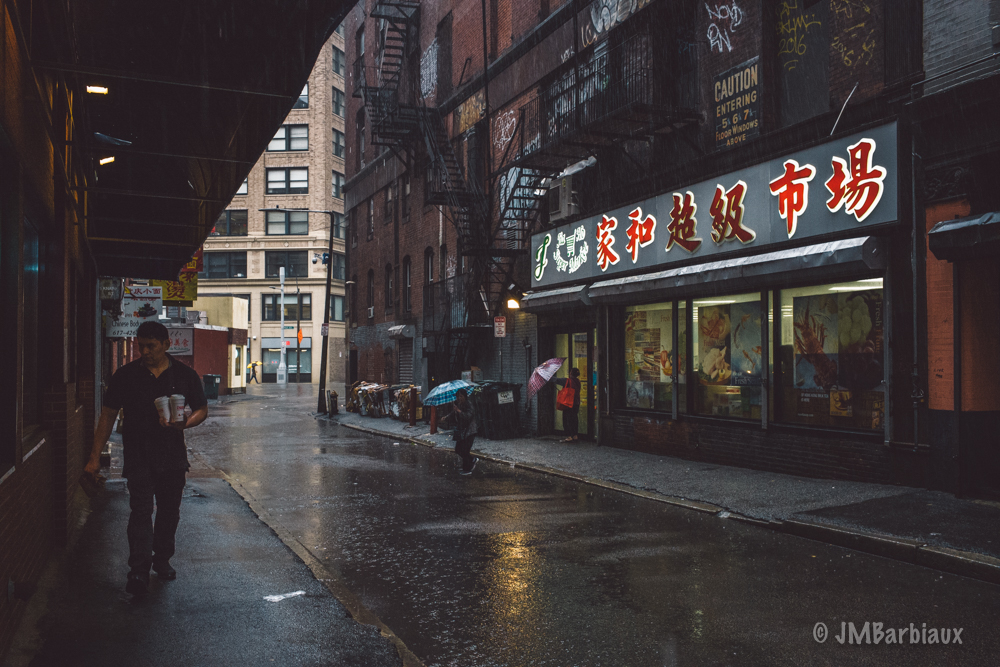
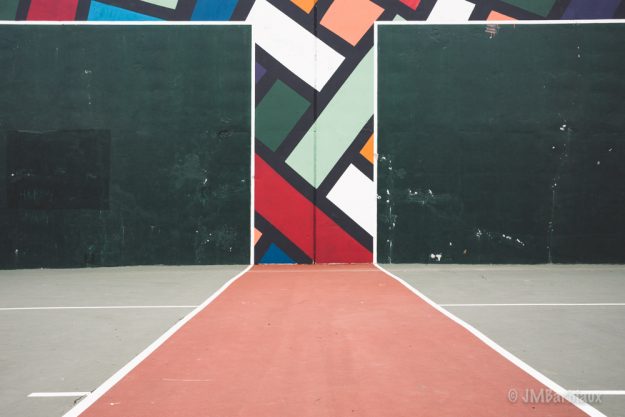

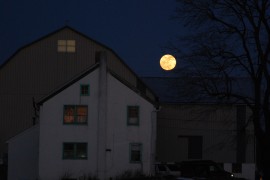

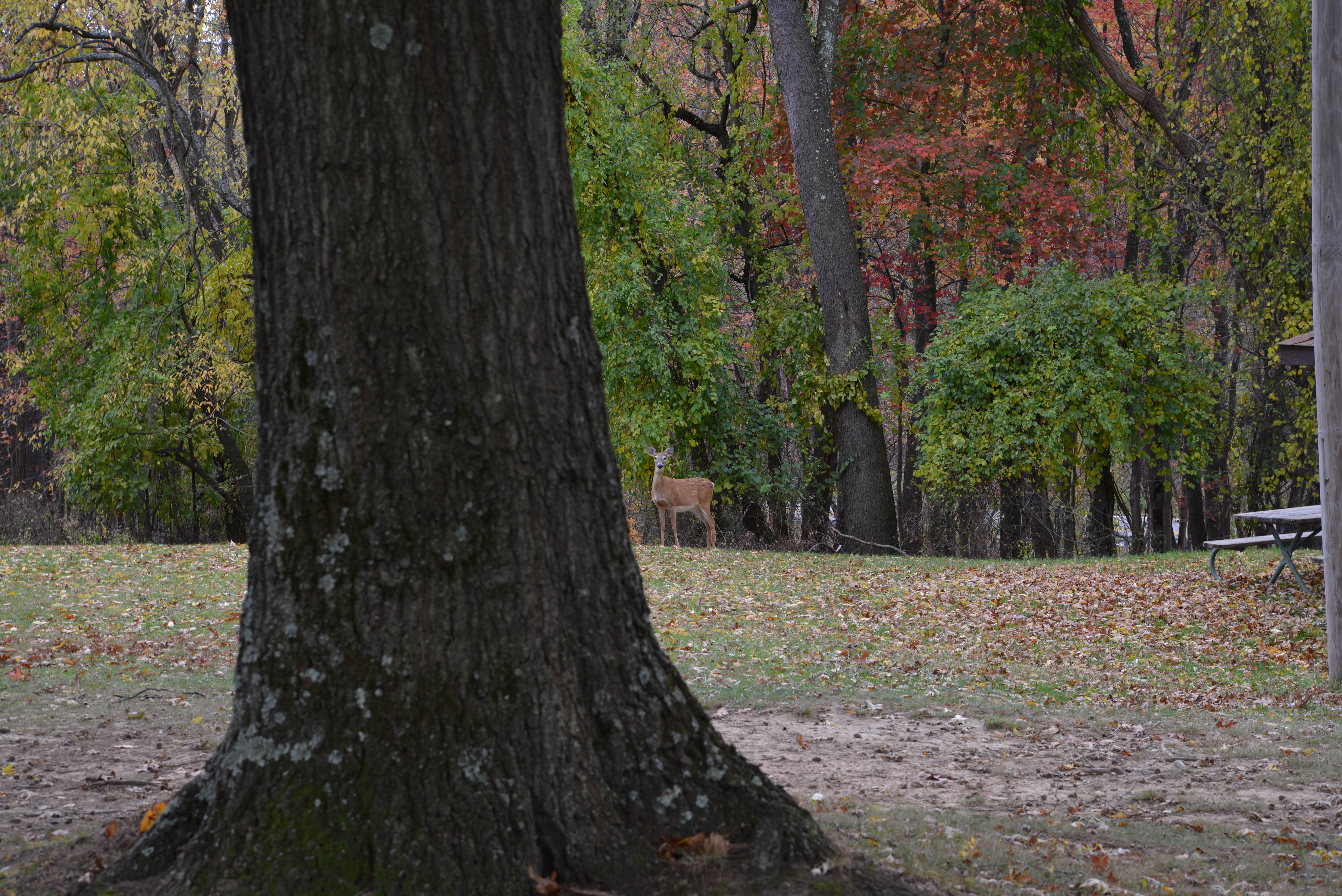
Nice unique review. Still have not seen the M10 in person. The expanded ISO and larger eyepiece with more eye relief are the two features that make a real improvement over my M262. However, some report little improvement over seeing more of the frame lines when using a 35 while wearing glasses due to the .73 mag of the M10 over the 26x/24x bodies .68 mag. Your face shape and style of glasses are also factors. Thanks for your impressions on that topic.
The quality of the ISO in the M10 is so good does ISO really matter any more? I use my M262 in manual mode with auto ISO, then dial in EC if needed. It’s the cat’s pajamas.
I agree glass is over rated the it’s the image/content that matters. The raison d’etre of the rangefinder is how I see through the camera. Everything is sharp near to far. I see spatial relationships more and photograph more freely compared to looking through the tunnel of an SLR.
Thanks for a thoughtful and real review
Just to clarify John, I believe Leica was attempting to duplicate the rewind knob with the ISO button on the M10, but not of the oft criticised M7, but rather of what Leica lovers consider their most gorgeous historical cameras- like the M3 and the M2 – which did not have the slanted rewind knob. Check those cameras out, its upright, and I tend to agree- more pleasing to the eye than the slanted rewind knob. That slant started with the M4 in 1966, and so did people beginning to complain about every other model from then on being less aesthetically pleasing and further on down the line, less durable and reliable.
Hi John thanks for this. I wonder how useful is zone focussing on a digital camera however? I think this technique wonderful, and I use it on film all the time with my two M6s and 50mm lenses (I admit it has taken my a long time to get good enough with a 50mm lens). I can’t imagine going back to autofocus. But surely on digital the error of margin is much lower and therefore more apparent, where one always expects super-sharp images? I guess you can just crank up the ISO and narrow the aperture, however…